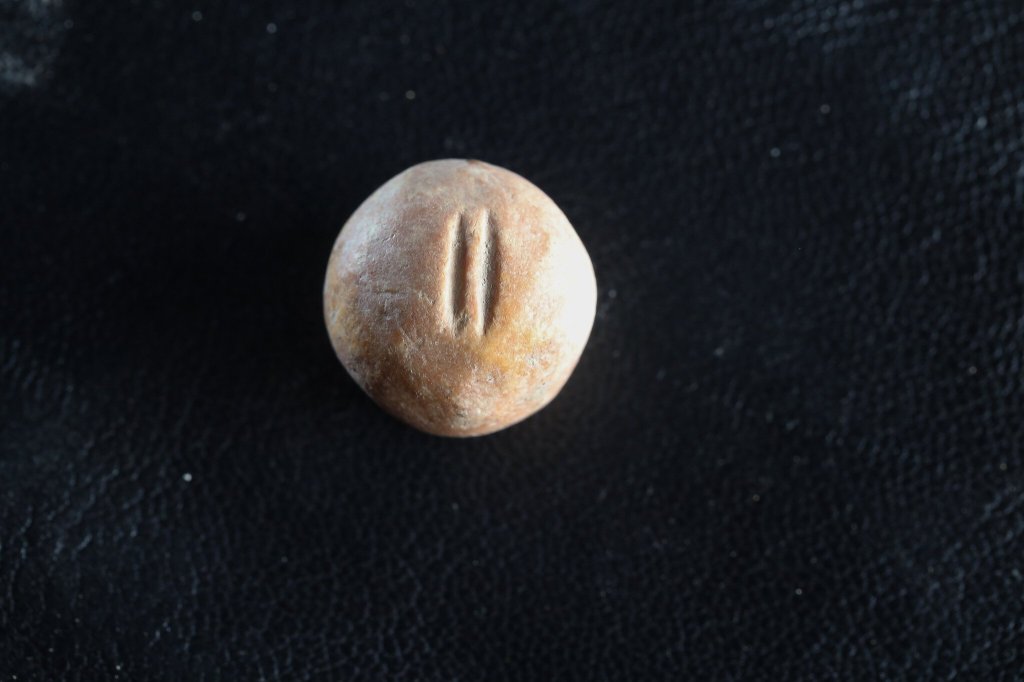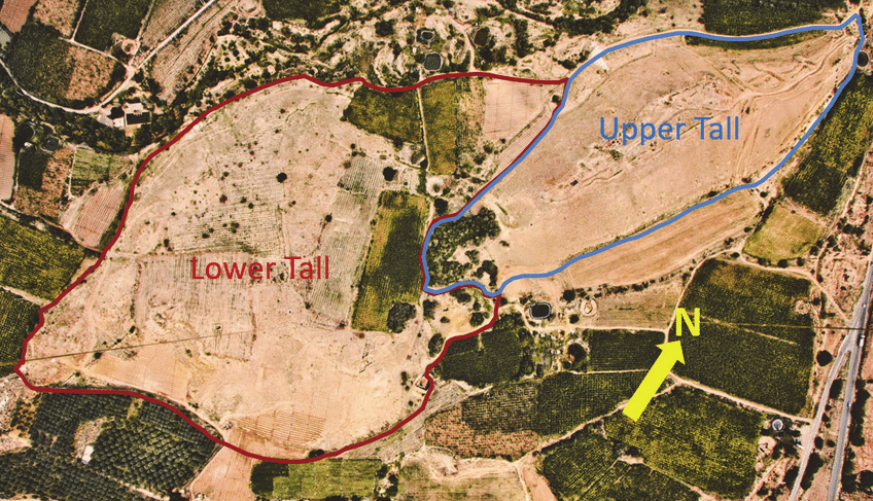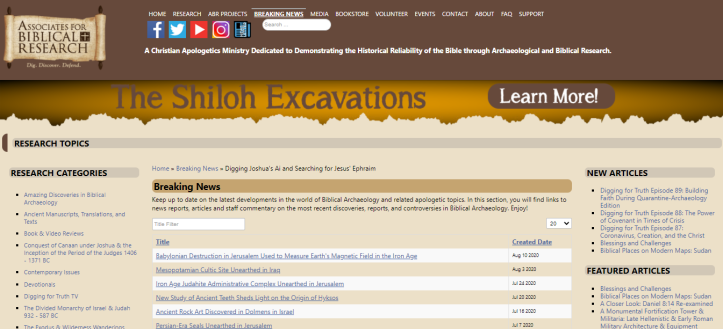
The news this month from the world of biblical archaeology included discoveries related to the building of a city, the destruction of a city, and everyday life in a city. Here were the top three reports in September 2021.
3. Second-Temple-Era Stone Quarry Unearthed in Jerusalem.

The Israel Antiquities Authority recently announced the discovery of a 2000-year-old stone quarry in Jerusalem, with large blocks in various stages of the pre-construction process. Some of the square blocks of stone still lie as if they are about to be detached from the bedrock for transportation. The quarry dates to the First Century BC, and was likely used for some of the large-scale building projects in the city, including the Temple Mount. So far approximately 600 square meters of the quarry have been excavated, but the archaeologists believe it could be 2-to-3 times larger. The quarry will provide scholars with an opportunity to learn more about the ancient technologies and processes by which building stones were quarried.
2. Weight Used to Cheat People Found in Jerusalem

The discovery of a stone weight that is heavier than the amount written on it was recently announced in Jerusalem. The ancient weight was discovered in the northern part of the City of David and is 2700-years-old, dating to the First Temple period. It is 14mm (0.55 in.) in diameter and 12 mm (0.47 in.) high and made of reddish limestone. Engraved on its surface are two parallel lines, indicating it is a two gerah weight (0.944 g or 0.033 oz. in modern measurements). It’s real weight, however, is 3.61 g (0.127 oz.), more than three times its stated weight. Archaeologists believe it is a weight that was used by traders to cheat people. The gerah was a small weight used by the ancient Israelites, and was 1/20th of a shekel (Ex. 30:13). The Bible condemns the use of “unequal weights” in numerous passages. In the time of Moses, God told his people, “You shall not have in your bag two kinds of weights, a large and a small. You shall not have in your house two kinds of measures, a large and a small. A full and fair weight you shall have, a full and fair measure you shall have, that your days may be long in the land that the LORD your God is giving you. For all who do such things, all who act dishonestly, are an abomination to the LORD your God.” (Deut. 25:13-16). Hundreds of years later, in the time of the prophet Micah, God said, “Shall I acquit the man with wicked scales and with a bag of deceitful weights?” (Micah 6:11). The recently discovered weight is evidence of the corruption that was spoken against.
UPDATE: Some have suggested this weight may indeed be an eight gerah weight, as the symbol for an eight gerah weight is similar to that of two gerah weight – two parallel lines that are horizontal instead of vertical. However, most published eight-gerah weights are around 10-20% heavier than this particular weight, so it is still possible the weight was used fraudulently in the marketplace. (Source: https://coinweek.com/ancient-coins/tempest-over-a-cheaters-weight/)
1. New Article Attributes the Destruction of Tall el-Hammam to an Airburst Event

A new article published in Nature Scientific Reports, investigates the destruction of Tall el-Hammam, one of the largest Bronze Age sites in the southern Jordan Valley, northeast of the Dead Sea. The authors present evidence from 15 seasons of excavation that the site was destroyed (ca. 1650 BC) by a comsic airburst slightly larger than the famous airburst event at Tunguska, Russia in 1908. Ten potential destruction processes were considered, including volcanism, warfare, and tectonism, before concluding that only an airburst event satisfied the multiple lines of evidence. The authors write that the data “suggest an airburst occurred a few kilometers SW of Tall el-Hammam causing, in rapid succession, a high temperature thermal pulse from the fireball that melted exposed materials, including roofing clay, mudbricks, and pottery. This was followed by a high-temperature, hypervelocity blast wave that demolished and pulverized mudbrick walls across the city, leveling the city, and causing extensive human mortality.” The excavators at Tall el-Hammam believe the site to be biblical Sodom, and state, “An eyewitness description of this 3600-year-old catastrophic event may have been passed down as an oral tradition that eventually became the written biblical account about the destruction of Sodom.” Other archaeologists/scholars have pointed out that the date of destruction (ca. 1650) does not match a straightforward reading of the chronological data in the Bible, which would place Abraham (ca. 2166-1991 BC) and the destruction of Sodom at the end of the Early Bronze Age. The excavators of Tall el-Hammam, however, hold to a non-literal, honorific understanding of Bronze Age numbers in Scripture.
Stay Up-To-Date
Get the latest BREAKING NEWS in biblical archaeology each week here: https://biblearchaeology.org/current-events-list

